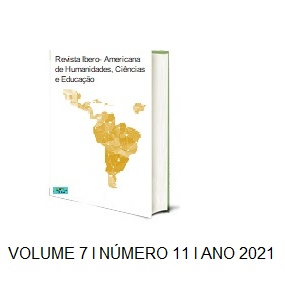MAJORITY IN PORTUGUESE AND BRAZILIAN CIVIL LAW: A BRIEF ANALYSIS FROM COMPARATIVE LAW
DOI:
https://doi.org/10.51891/rease.v7i11.3059Keywords:
Comparative Law. Majority. Emancipation. Civil Right.Abstract
The objective of the present paper was to carry out a study of the age of majority in the Portuguese and Brazilian Civil Law, based on Comparative Law. Searches were carried out in the Brazilian Civil Code of 2002 (Law No.10,406, of January 10, 2002) and Portuguese Civil Code of 1966 (Decree-Lei No. 47344, of November 25, 1966). In addition, academic texts on the subject were selected in order to qualify the discussion. In the construction of the text, macrocomparison and microcomparison elements were used. Currently, in Portugal the age of majority is 18 years old, equally in Brazil. And, in the Portuguese territory, the only exception to terminate minority is with marriage from 16 years of age. In the Brazilian case, there are still emancipation criteria for reaching adulthood, according to article 5 of the Civil Code; which in the Portuguese Law has already been revoked since 1977. The explanatory statement (in the preamble of the laws) that alter the Portuguese Civil Code gains relevance, as this allows us to understand the evolution of the rule over time. Perhaps this is an apprenticeship in legislative technique that we can consider from the Portuguese legal system, in terms of Comparative Law, to the Brazilian legal system.
Downloads
Downloads
Published
How to Cite
Issue
Section
Categories
License
Atribuição CC BY

